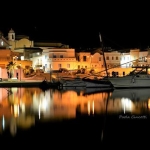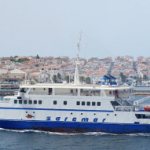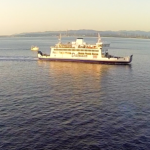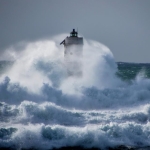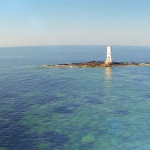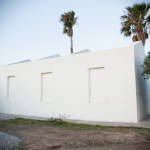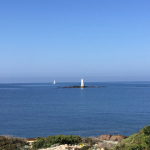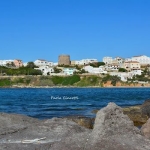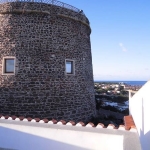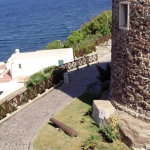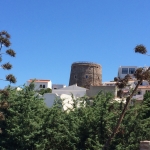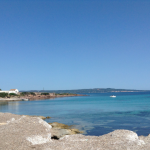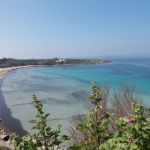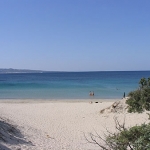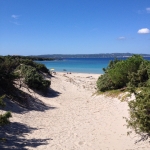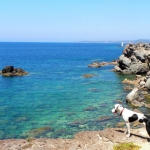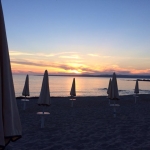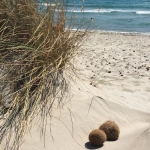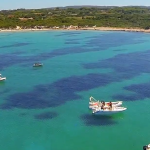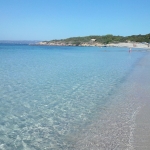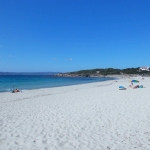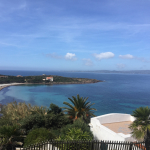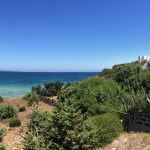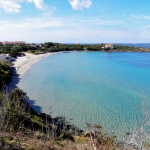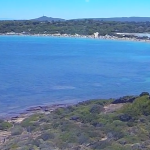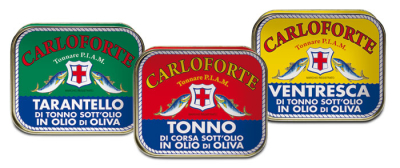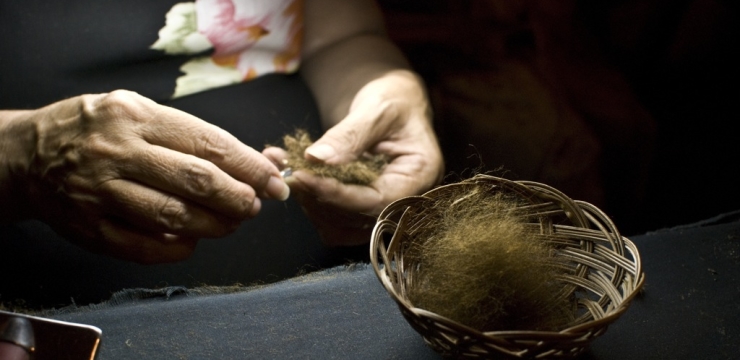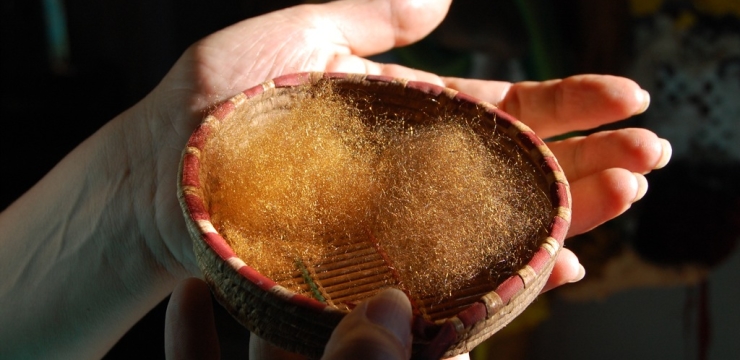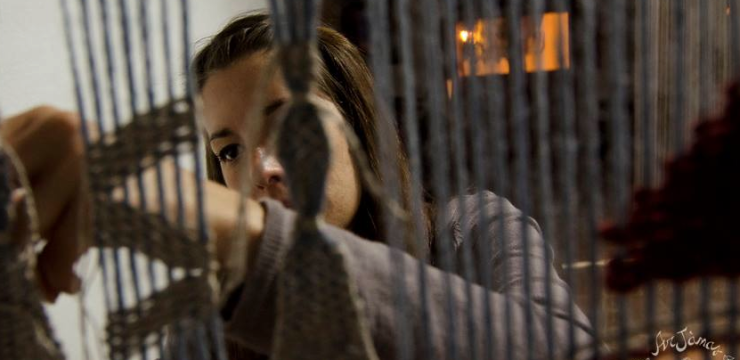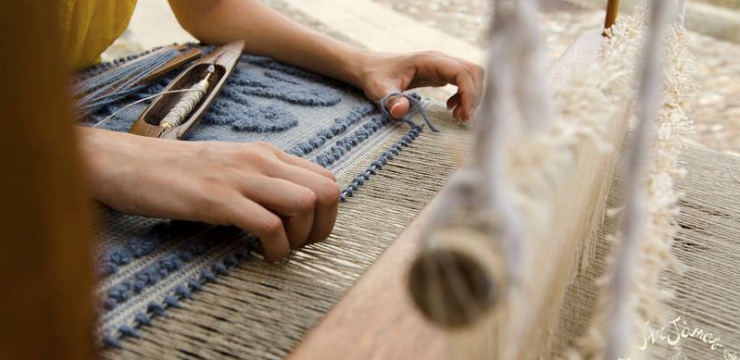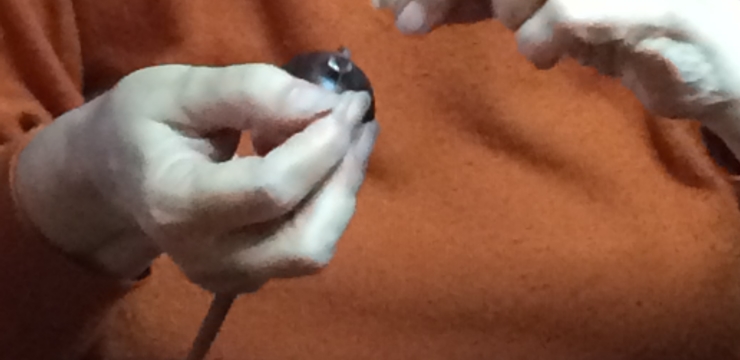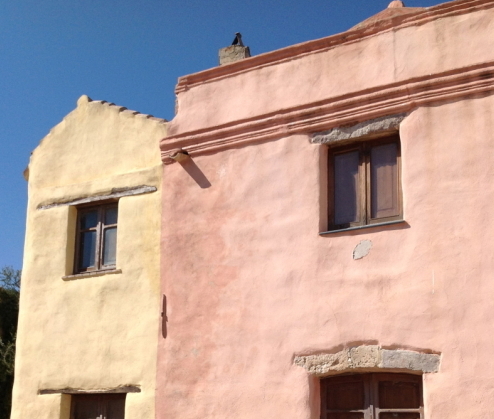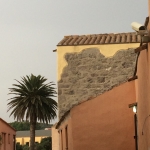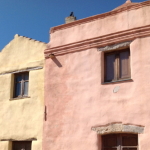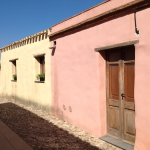The typical fisherman house can accommodate up to 8 people in 4 beautiful rooms, it is located in the highest part of the village, a few steps away from the beach, few meters from the central square, the Savoy Tower and a few hundred meters from the harbor.
As a perfect accomodation for an easy going, but charming, holiday, guests can enjoy air conditioning and heating, a fully equipped kitchen, a comfortable living room, a panoramic terrace, and a sheltered garden. The house is provided with wi-fi hy speed internet connection, microwave owen, dishes, glasses, cutlery and pots, dishwasher, washing machine, fireplace, tv, linen, towels and beach equipment, including hats, beach umbrellas and toys.
One can walk to the beach and enjoy to be in the very center of the village of Calasetta. The village is on Sant’Antioco Island which is linked by a bridge to main island of Sardinia.

The unique, archaic dialect, the fabled food with its Ligurian and Arab influences, the local music, the processions and the farmers’ markets add up to provide visitors with an unforgettable chance to experience what is truly a timeless place. The village is inhabited all year round from about 3000 residents has a nice port and square, the Savoy tower scenic waterfront and panoramic lookout. Calasetta was founded in 1770 by colonist from Genoese origin that were leaving the island of Tabarka in Tunisia where they stayed for almost two centuries. The village is now inhabited all year around by 3000 people and lives mainly on fishing, agriculture, sailing and tourism.
You can walk to the port to find fresh fish in the afternoon when fishermen came back from sailing or to rent a rubber dinghy to sail around. You can also go to the ferry terminal and ship to San Pietro Island for dinner and enjoy a walk in the nice small town of Carloforte. On wednesday morning a market take place at the port, you can buy fresh vegetables, fruits, typical cheese, bread and souvenirs. At night the harbor promenade is alive with stalls of local products and African and Oriental clothes for a walk and a funny and cheap shopping. The port of Calasetta was born driven by the trade in wine and products of tuna phishing. Now home to some small fishing boats and many pleasure boats and sailsboats particularly those wooden with square sail, so-called “Latin”. The port is also the terminal for the ferries to Carloforte.
The romantic lighthouse of Mangiabarche is one of the symbols of Calasetta. It is located less than half a mile from the coast, just off the tip of the Cape of the Old Tonnara. At sunset Mangiabarche gives its best and, in the storms it becomes a place full of charm and fascination. From Cà de Anna you need to drive for 3 km to reach the Cape of the Old Tonnara and Mangiabarche. You can bike there or drive and find a large parking area at walking distance to the cove in front of Mangiabarche, where you can swim and dive looking to the lighthouse.
From Cà de Anna you need to drive for 3 km to reach the Cape of the Old Tonnara and Mangiabarche. You can bike there or drive and find a large parking area at walking distance to the cove in front of Mangiabarche, where you can swim and dive looking to the lighthouse.
The Savoy Tower of Calasetta was built in 1729 as a watchtower and defense tower against attacks from the sea, mainly at the hands of Arab pirates. Built of red trachyte, a typical stone island, stands at the highest point of the village and overlooks the beautiful beach of Sottotorre and let to admire a beautiful view of St. Peter’s Island and Carloforte. The Tower is very close to the house and one can walk to admire the landscape and visit the small archaelogic museum.
The square is also home to night event in the summer. The Tower is the perfect location for civil weddings that often take place there.
The Tower of Calasetta was built in 1729 as a watchtower and defense tower against attacks from the sea, mainly at the hands of Arab pirates.
Built of red trachyte, a typical stone island, stands at the highest point of the village and overlooks the beautiful beach of Sottotorre and let to admire a beautiful view of St. Peter’s Island and Carloforte.
Sardinia is famous for its emeraldine sea and white beaches that you can find on Sant’Antioco Island and particularly in Calasetta, together with amazing cliffs, breathtaking landscapes, visible both by land as by sea.
You will have no doubt: the whole Island is worth to visit and discover.
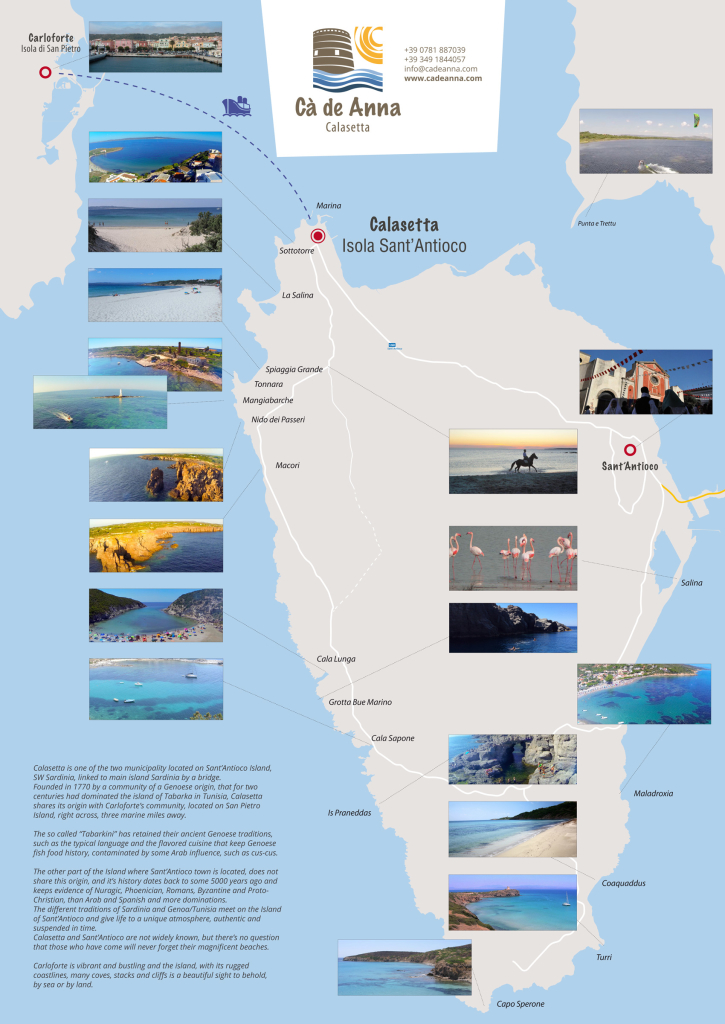
The unspoiled landscape, the easy-going local people, the fabulous traditional food and the island’s simple lifestyle all combine to relax the visitor’s mind and delight the senses. The Caletta bar/restaurant provides nice food, sun umbrellas, deck chairs and sunbeds, together with services as showers and toilettes. A dinner on the beach is recommended. Atmosphere and nice foods are worth to try. You can spend your time swimming, walking in the water and snorkelling.
Sottotorre beach is a stone’s trow away from the house. Its white sand and shallow water are perfect as children playground and swimming pool. Surrounded by the cliffs, ones that prefer rocks can swim and go snorkeling around. Sottotorre beach is sheltered from the winds of the east, south-west and south and is instead exposed to the mistral wind. It faces San Pietro Island and is the perfect location to admire the sunset.
You can walk, drive or bike to Salina Beach and spend a day there. Part of the beach is equipped with umbrellas and sunbeds and there is a kiosk where you can find ice cream and drinks and eat sandwiches and salads. La Salina is a beautiful beach at less than one kilometer from Cà de Anna.
The beach is surrounded by white sand dunes and pinewood. Just behind the beach there is a saline where flamingos and other beautiful migratory wading birds live.
Spiaggia grande is surrounded and sheltered by dunes and an ancient pine and juniper wood. Emeraldine water, white and soft sand allow along the sea walking. Spiaggia Grande is less than 3 km away from Cà de Anna. Our guest can drive or bike there or join the beach sailing from the port. It is the widest beach of the island. It ends with the Punta Tonnara (Cape of the ancient Tuna fish plant). Spiaggia Grande is less than 3 km away from Cà de Anna. When a strong Mistral wind blows the beach becomes a magical place for lovers of windsurfing and kite surfers. The beach terminates at the Punta Tonnara (the cape takes its name from the ancient Tuna fish working plant).

